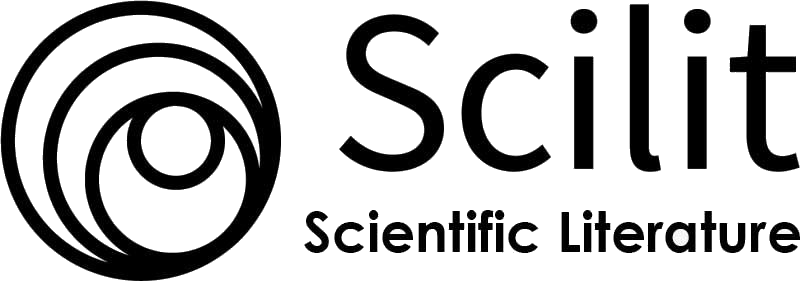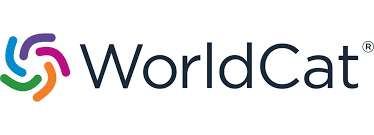An Analysis of Gender Mainstreaming in National Agricultural Policies and Programs in Ghana
DOI:
https://doi.org/10.58425/ajgds.v2i1.193Keywords:
Gender mainstreaming, agricultural policies and programmesAbstract
Aim: The study examined the extent of gender integration in agricultural policies at the regional and national levels in Northern Ghana.
Methods: Three Metropolitan, Municipal and District Assemblies (MMDAs) were purposively sampled from the 16 MMDAs in the region. The interview method was used to obtain information from 24 purposively selected key informants of MoFA and gender focal persons in Accra, Tamale, Savelugu, Zabzugu. Ten selected agricultural policy documents that addressed gender integration in agricultural policies were reviewed and descriptive and content analysis of the documents were conducted. The study applied a framework developed by Gumuchio and Rueda (2015) to analyze the extent of gender mainstreaming in agricultural policies and programmes.
Results: The study found that most national-level agricultural policies and programmes on gender recognize the need for gender equality by specifying issues of concern, but fall short of highlighting the means of addressing the issues. It was also observed that most agricultural policies are moving from gender-blind policies to integrating gender in the objective or cross-cutting issues category, emphasizing an increasingly positive response in the extent of integrating gender in agricultural policies and programmes but with little or no budget provision to operationalize gender integration.
Conclusion: The study concludes that recent agricultural policies (2015 to 2023) are progressively shifting from gender-blind policies to integrating gender at different levels of policies and programmes. The predominance of women’s issues in gender policy documents coupled with a lack of clear gender indicators to little or no budget provision to operationalize gender integration in programs and projects.
Recommendation: The study recommends that gender mainstreaming should move beyond women to include men to ensure gender equity. Also, policies and programmes on gender-specific issues of concern should highlight the means of addressing such issues and also ensure that gender-specific policies are accompanied by resource allocations.
References
Amoah, L. G. (2010). Mainstreaming or Caricaturing Gender in a Democratizing Ghana, Unpublished report. Accra: Ashesi.
Ampaire, E. A. (2019). Gender in climate change, agriculture, and natural resource policies: insights from East Africa. Climatic change(58), 43 - 60. doi:https://link.springer.com/article/10.1007/s10584-019-02447-0#citeas
Bryan, E. B. (2018). Making climate change adaptation programmes in sub-Saharan Africa more gender responsive: insights from implementing organizations on the barriers and opportunities. Clim. Dev., 10, 417–431. doi:10.1080/17565529.2017.1301870
Deere, C. &. (2006). Gender and the distribution of wealth in developing countries UNU-WIDER Research Paper No. 2006/115. Helsinki.
Dittoh, S., Snyder, K. A., & Lefore, N. (2015). Gender policies and implementation in agriculture, natural resources and poverty reduction Case study of Ghana’s Upper East Region. Colombo, Sri Lanka:: International Water Management Institute (IWMI). CGIAR Research Program on Water, Land and Ecosystems (WLE). 22p. (WLE Research for Development (R4D) Learning Series 3). doi: 10.5337/2015.205.
FAO & ECOWAS. (2018). National Gender Profile of Agriculture and livelihoods. FAO.
FAO. (2010). The State of Food and Agriculture. Women in Agriculture Closing the gender gap for development. Rome, Italy. Retrieved April 14, 2022, from https://www.fao.org/3/I2050E/i2050e.pdf
Food and Agriculture. (2017). The State of Food and Agriculture. FAO. Retrieved from https://www.fao.org/3/I7658E/I7658E.pdf
Ghana Statistical Service. (2021). Ghana 2021 Populaiton and Housing Census General Report: Population of Regions and Districts. Retrieved August 24, 2022, from https://statsghana.gov.gh/gssmain/fileUpload/pressrelease/2021%20PHC%20General%20Report%20Vol%203A_Population%20of%20Regions%20and%20Districts_181121.pdf
Gumucio T, T. R. (2015). Influencing gender-inclusive climate change policies in Latin America. Agric Food Secur, 1, 41 - 60.
IFAD. (2012). IFAD Policy on Gender Equality and Women’s Empowerment. IFAD. Retrieved from https://www.ifad.org/documents/38714170/39135645/IFAD+Policy+on+Gender+Equality+and+Women%E2%80%99s+Empowerment/fa1e3ab4-dfb0-4d3b-a6e4-5a4d17c02e29
ILO. (2017). Definition of gender mainstreaming. Retrieved from https://www.ilo.org/public/english/bureau/gender/newsite2002/about/defin.htm#:~:text=The%20ultimate%20goal%20of%20mainstreaming,in%20a%20particularly%20disadvantageous%20position.
Ministry of Gender, Children and Social Protection. (2015). National Gender Policy. Accra: Ministry of Gender, Children and Social Protection.
Paudyal BR, C. N.-C. (2019). Gender Integration in Climate Change and Agricultural Policies: The Case of Nepal. Frontiers in Sustainable Food Systems. 3, 66. doi://doi.org/10.3389/fsufs.2019.00066
Tu, J. (2015). A Study on the Impact of Gender Mainstreaming on Men and Women in the World. Linnaeus University.
UN Women. (2016). . (2016). Progress of the Worlds Women: Progress of the world’s women 2015–2016: Transforming economies, realizing rights, . New York.
USAID. (2012). Gender Equality and Female Empowerment Policy. Washington DC: USAID. doi:https://www.usaid.gov/sites/default/files/2022-05/GenderEqualityPolicy_2.pdf
World Bank. (2019). World Development Indicators. Washington DC: WB Available at http//data.worldbank.
Downloads
Published
How to Cite
Issue
Section
License
The authors retain the copyright and grant this journal right of first publication. This license allows other people to freely share and adapt the work but must give appropriate credit, provide a link to the license, and indicate if changes were made. They may do so in any reasonable manner, but not in any way that suggests the licensor endorses them or their use.










